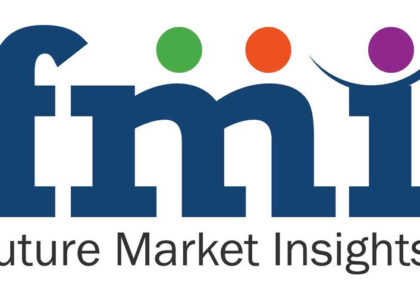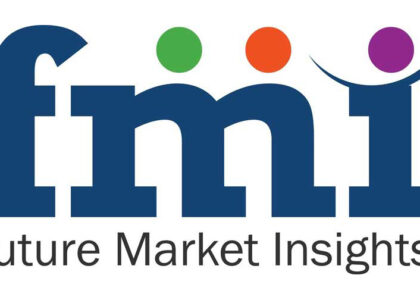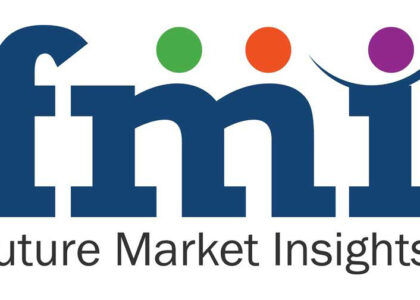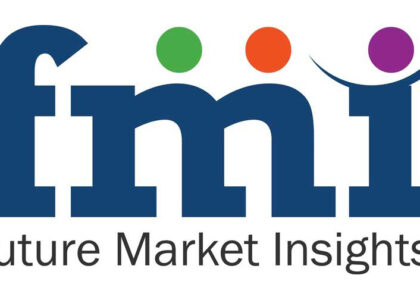The future growth trajectory of the push-back racking system market appears promising, driven by a confluence of factors shaping modern warehouse logistics. With a projected moderate Compound Annual Growth Rate (CAGR) of 7.5% over the forecast period, the market is poised to witness substantial expansion. Anticipated to surpass $23 billion by 2032, this growth underscores the increasing adoption of push-back racking systems globally.
These systems offer a transformative solution to enhance storage density, optimizing warehouse space utilization effectively. By systematically organizing products and goods, they facilitate streamlined operations without necessitating specialized forklift trucks. Moreover, the versatility of push-back racking systems extends to environments with varying temperature requirements, including freezers and coolers, ensuring adaptability across diverse storage needs.
As warehouses continue to evolve into more sophisticated hubs of commerce, the demand for efficient storage solutions intensifies. Push-back racking systems represent a pivotal component in this evolution, enabling businesses to enhance operational efficiency, minimize costs, and adapt to dynamic market demands. Consequently, the future growth prospects of the push-back racking system market remain robust, poised to revolutionize warehouse logistics worldwide.
Start Your Journey to In-Depth Understanding: Request a Report Sample: https://www.futuremarketinsights.com/reports/sample/rep-gb-10055
Future Growth Opportunities:
- Automation Integration: Integrating push-back racking systems with automation technologies such as robotics and artificial intelligence to enhance efficiency and productivity in warehouses.
- Customization and Modularity: Providing customizable and modular push-back racking solutions to accommodate diverse warehouse layouts and storage requirements, catering to a wider range of industries and applications.
- E-commerce Expansion: With the continuous growth of e-commerce, there’s an increasing demand for efficient storage solutions like push-back racking systems to optimize warehouse space and streamline order fulfillment processes.
- Emerging Markets Adoption: Expansion of push-back racking systems into emerging markets where logistics and warehousing infrastructure is rapidly developing, presenting opportunities for market penetration and growth.
- Sustainability Initiatives: Developing eco-friendly push-back racking systems with materials that are recyclable and energy-efficient, catering to the growing demand for sustainable warehouse solutions driven by environmental concerns.
Trends in the Push-back Racking System Industry:
- Technology Integration: Increasing integration of IoT (Internet of Things) sensors and data analytics into push-back racking systems for real-time monitoring, predictive maintenance, and optimization of warehouse operations.
- Safety and Compliance Standards: Rising emphasis on safety and compliance standards in warehouse operations, driving the adoption of push-back racking systems with enhanced safety features and adherence to regulatory requirements.
- Vertical Integration: Growing trend towards vertical integration of supply chains and warehouses, leading to the adoption of taller push-back racking systems capable of maximizing vertical storage space utilization.
- Shift towards Just-in-Time Inventory: Increasing adoption of just-in-time inventory management practices, driving the demand for push-back racking systems that enable efficient handling and retrieval of goods to support shorter lead times and minimize inventory holding costs.
- Demand for High-density Storage: Growing demand for high-density storage solutions in warehouses to accommodate increasing SKU (stock-keeping unit) variety and optimize floor space utilization, positioning push-back racking systems as a preferred choice for dense storage of palletized goods.
Request Report Methodology: https://www.futuremarketinsights.com/request-report-methodology/rep-gb-10055
What are the Push-back Racking System Market’s Major Drivers?
increasing difficulties in today’s warehouse racking systems, such as having to store an increasing number of products on an increasing number of pallets in a set amount of space. Compared to conventional high-density storage systems like a drive-in, a push-back racking system increases the number of pallets stored while providing various benefits. During the anticipated term, these factors are anticipated to significantly increase demand for push-back racking systems.
Push-back racking systems are likely to see an increase in sales as a result of the scarcity of modern warehouse space and the growth of the global retail sector. During the anticipated period, it is anticipated to fuel the growth of the global push-back racking system market. Technology innovation, which boosts speed, storage density, efficiency, and visibility, would certainly assist the world’s warehouse inventory, which is ageing faster than ever. Push-back racking system sales are pushed as a result.
As a result, it is projected to increase demand for practical industrial racking systems, which in turn propels the expansion of the worldwide push-back racking system market throughout the course of the forecast year. As a result, during the projection period, push-back racking system demand is expected to continue its noteworthy global expansion.
Purchase Now to Access Segment-specific Information and uncover Key Trends, Drivers, and Challenges: https://www.futuremarketinsights.com/checkout/10055
Key Segments in the Push-back Racking System Market
By Capacity:
- Light duty racks
- Medium duty racks
- Heavy duty racks
By End Use:
- Food & Beverage
- Automotive
- Electrical & Electronics
- Healthcare & Pharmaceuticals
- Chemicals
- Retail
- E-commerce
- Textile
By Region:
- North America
- Latin America
- Asia Pacific
- Europe
- Middle East & Africa
Author
Ismail Sutaria (Lead Consultant, Packaging and Materials) has over 8 years of experience in market research and consulting in the packaging & materials industry. Ismail’s strength lies in identifying key challenges faced by the client and offering logical and actionable insights to equip the clients with strategic decision-making power.
Ismail has been an instrumental part of several transformational consulting assignments. His key skills include competitive benchmarking, opportunity assessment, macroeconomic analysis, and business transformation advisory. Ismail is an MBA holder in Marketing and has a Bachelor’s Degree in Mathematics.
About Future Market Insights (FMI)
Future Market Insights, Inc. (ESOMAR certified, recipient of the Stevie Award, and a member of the Greater New York Chamber of Commerce) offers profound insights into the driving factors that are boosting demand in the market. FMI stands as the leading global provider of market intelligence, advisory services, consulting, and events for the Packaging, Food and Beverage, Consumer, Technology, Healthcare, Industrial, and Chemicals markets. With a vast team of over 5000 analysts worldwide, FMI provides global, regional, and local expertise on diverse domains and industry trends across more than 110 countries.
Contact Us:
Future Market Insights Inc.
Christiana Corporate, 200 Continental Drive,
Suite 401, Newark, Delaware – 19713, USA
T: +1-845-579-5705
For Sales Enquiries: sales@futuremarketinsights.com
Website: https://www.futuremarketinsights.com
LinkedIn| Twitter| Blogs | YouTube




